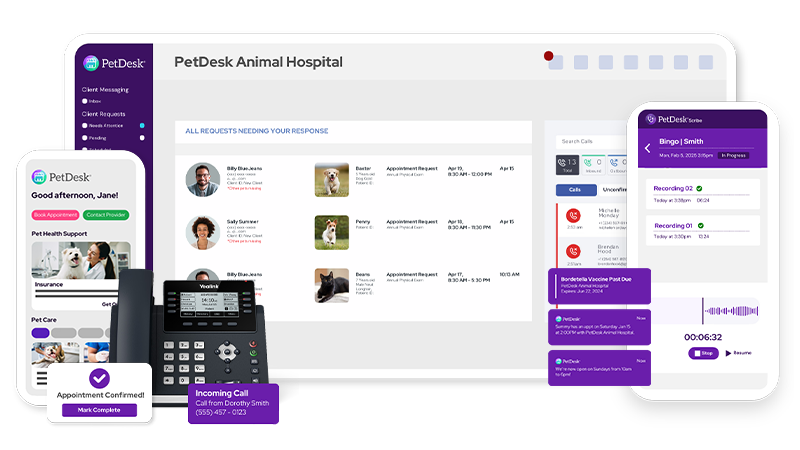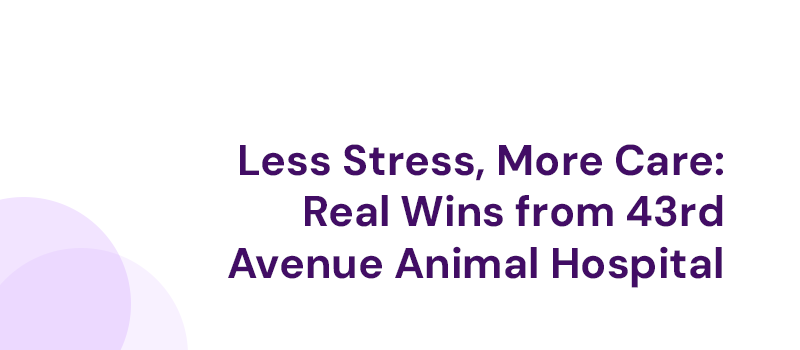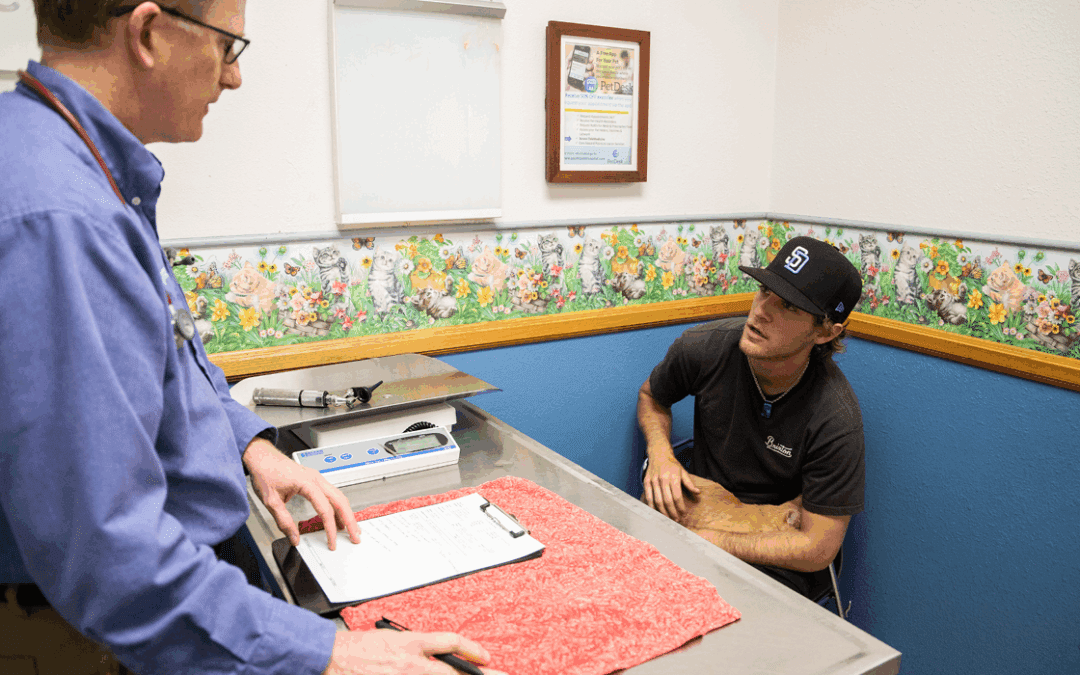We’re all subconsciously trained to tune-out solicitations and spam. Think of the last time you checked your email inbox — $50 off this, 30% off that. We get it, and we’re STILL not interested.
Your clients are the same. Impersonal, automated messages are annoying and clients don’t like receiving them. So, these messages are simply tuned out. Worst case scenario? They open these emails, hit the junk button, and never see an email or awesome offer from that sender again. Ouch.
You don’t want to be one of those companies. No one does.
But what should you do when you need to break through the noise and send a message blast to your clients?
Get your messages past the noise and through our subconscious spam filter:
1. Make it Personal
Sit down and write a message to a client that you personally know, love, and makes you smile. Writing the message with them in mind will give it a more personal, direct tone. Use words like “I”, “me”, “you”, and “our” to give the message a personal touch. Your clients will feel like you’re sending this message to them individually, and it can help ensure that your messages are read.
2. Think About Your Audience
Place yourself in your clients’ shoes for a moment. What would you want to receive? What would make you care enough to request an appointment? We’re all bombarded with marketing and promotional messages, yet we only care about some of them. What are the things that make us want to open them?
Another important thing to consider is what parts of your audience is this specific message relevant to? If you’re sending out emails regarding feline health and wellness, this may alienate all of your dog owners in the clinic. Instead of sending it to everyone, consider targeting a specific group of your clients to ensure that the right message gets sent to the right people.
3. Have a Goal in Mind
Sending messages to your client is important, but there’s a fine line between what is important and what is necessary. Veterinary practices have a very unique situation in which marketing to your clients through email could be a double-edged sword.
Your clients rely on email to receive email reminders for appointments and medication refills. However, if you send too many marketing messages that aren’t relevant to them, they may completely ignore all of your emails – including the important reminder messages.
Instead, only send the messages that you have a significant goal for, such as promotions. Be sure to track how many of your clients complete that goal – such as signing up for an appointment or using a promotional coupon.
4. Utilize Current Events and Happenings in the Community
If you tend to get an increase in business during a specific time of the year, consider messaging your clients to make an appointment well ahead of time. For example, if you offer boarding services, message your clients a couple of weeks before major travel events like the winter holidays. This could be beneficial to ensure that they reserve a spot before the rush.
Using pet-related holidays to help promote your services is also another good way to share promotions with your clients. Since these holidays are less known to the general public, it’s a good opportunity to surprise them with a promotion and draw them back into your clinic.
Looking for specific mass message templates?
Here are some of the top-performing types of messages with examples that PetDesk’s Customer Success Managers have gathered.
5. Use the Inverted Pyramid Strategy
While this technique was originally used in journalism for news writing, marketers have adopted the strategy to fit their goals.
A good marketing email should have three main components:
- The Attention Grabber: a subject or headline that pulls the user in
- The Message: what you want your clients to know.
- The Call to Action: a push towards what you want your clients to do. Some examples include: Make an appointment, call-in, click here, read more, etc.
These three main components are the main core of every good marketing email.
6. Analyze What Works and What Doesn’t
Veterinary clinics are unique spaces, and client bases vary from location to location. The client base at a clinic in New York City is very different from the client base in Plano, Texas. It will take some testing to find the best way to talk to your clients, so it is important to see how your emails are performing so you can improve them in the future.
A tool like PetDesk’s mass messaging analytics, allows you to see how many emails were sent, delivered, opened, and clicked on.
- Sent: How many people you send the message to
- Delivered: How many total people received the message
- Opened: How many people opened the emails
- Clicks: How many individuals clicked on a link within the email
7. Keep it Short and Sweet
Our attention spans are very short. We all know that people don’t spend as much time reading these days. Combine short attention spans, a constant bombardment of emails and mobile device notifications, and it’s easy to see why we have started to skim more and read less.
With this in mind, keep messages limited to 1,000 characters MAX. This ensures good formatting for both mobile and desktop viewing and makes the message direct and to-the-point. This is done to catch the client’s attention without losing their interest.
Well, there you have it. It’s tough to break through the noise of modern society and our mental spam filters. The key takeaway here is to write short, personal messages to your clients that directly appeal to their interests. Maintain a personal tone, tailor your messages to their interests, and keep it short and sweet.
The key takeaway here is to write short, personal messages to your clients that directly appeal to their interests. Maintain a personal tone, tailor your messages to their interests, and keep it short and sweet.
If you want to see how PetDesk’s mass messaging tools can benefit your veterinary practice, be sure to request a demo!
See the power of PetDesk for yourself—for free
Save time and grow your business with an AI-transcription platform, custom websites and digital marketing, 24/7 error-free booking, a PIMS-VoIP phone system, plus a client engagement platform with a mobile app.









